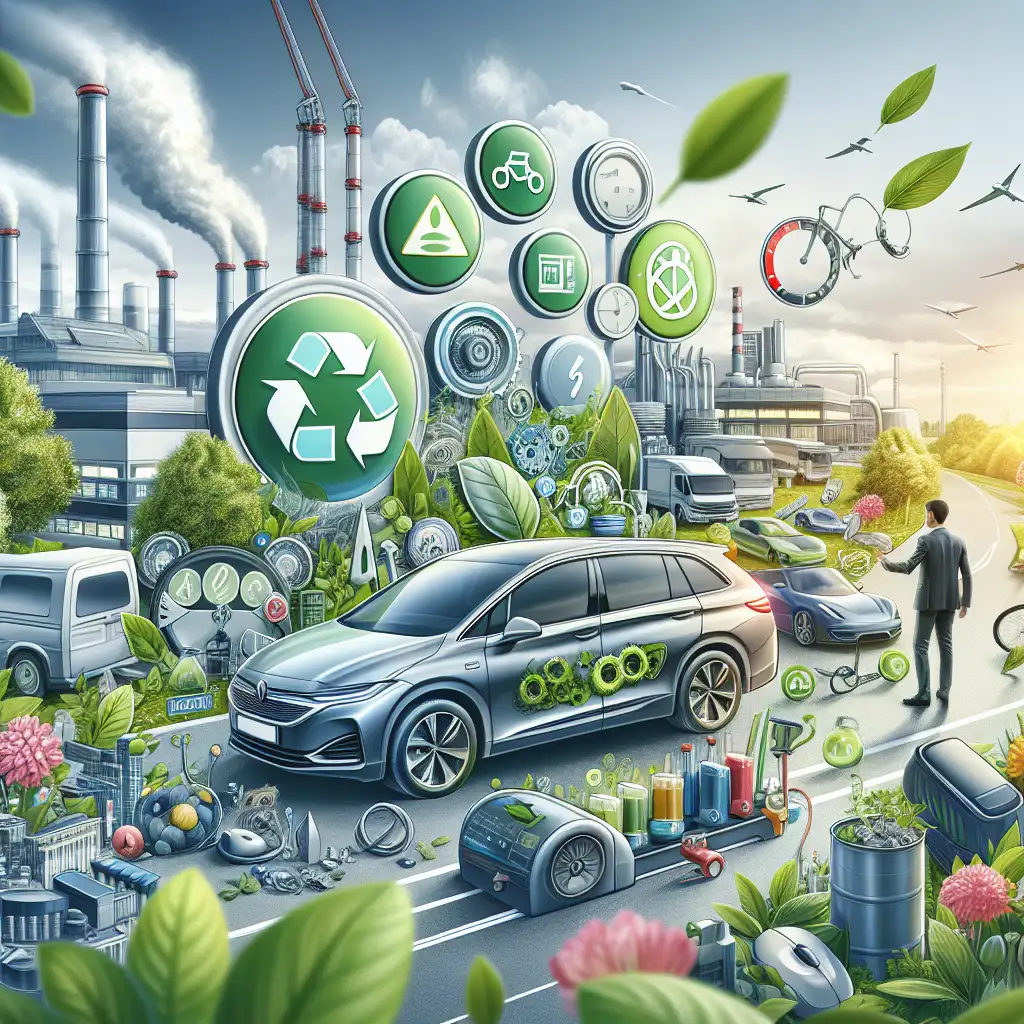Eco-Driving: How to Drive Efficiently
Discover driving techniques that can reduce fuel consumption and lower your environmental impact.

In today's world, where environmental concerns are at the forefront, eco-driving has become an essential practice for conscientious drivers. By adopting efficient driving techniques, you can significantly reduce fuel consumption and minimize your carbon footprint. This guide will walk you through practical strategies to drive more efficiently, saving both money and the planet.
Understanding Eco-Driving
Eco-driving refers to a set of driving practices aimed at improving fuel efficiency and reducing emissions. It involves making conscious decisions about how you drive, maintain your vehicle, and plan your journeys. By implementing these techniques, you can achieve a more sustainable driving experience.
Key Eco-Driving Techniques
1. Smooth Acceleration and Braking
Avoid rapid acceleration and harsh braking. Instead, accelerate gently and anticipate stops to brake smoothly. This not only saves fuel but also reduces wear and tear on your vehicle.
2. Maintain a Steady Speed
Driving at a consistent speed is more fuel-efficient than constantly speeding up and slowing down. Use cruise control on highways to help maintain a steady pace.
3. Reduce Idle Time
Idling consumes fuel unnecessarily. If you anticipate being stopped for more than a minute, such as at a long traffic light or in a drive-thru, turn off your engine.
4. Proper Gear Usage
For manual transmission vehicles, shift to higher gears as soon as possible without straining the engine. This reduces engine load and improves fuel efficiency.
5. Lighten Your Load
Remove unnecessary items from your car to reduce weight. A lighter vehicle requires less energy to move, thus improving fuel economy.
Vehicle Maintenance for Eco-Driving
1. Regular Maintenance
Keep your vehicle well-maintained with regular oil changes, air filter replacements, and engine tune-ups. A well-maintained engine runs more efficiently.
2. Tire Care
Ensure your tires are properly inflated. Under-inflated tires increase rolling resistance, which can lead to higher fuel consumption.
3. Use the Right Fuel
Use the recommended fuel type for your vehicle. Using a higher octane fuel than necessary does not improve performance and can be a waste of money.
Planning Your Journeys
1. Combine Trips
Plan your errands to combine multiple trips into one. This reduces the number of cold starts, which consume more fuel.
2. Avoid Peak Traffic
Whenever possible, travel during off-peak hours to avoid traffic congestion, which can lead to excessive idling and stop-and-go driving.
3. Use Navigation Tools
Utilize GPS and traffic apps to find the most efficient routes and avoid traffic jams, saving both time and fuel.
Benefits of Eco-Driving
Eco-driving not only helps the environment by reducing emissions but also offers personal benefits. By driving efficiently, you can save money on fuel, reduce vehicle maintenance costs, and enjoy a smoother, more relaxed driving experience.
 CarChooser
CarChooser